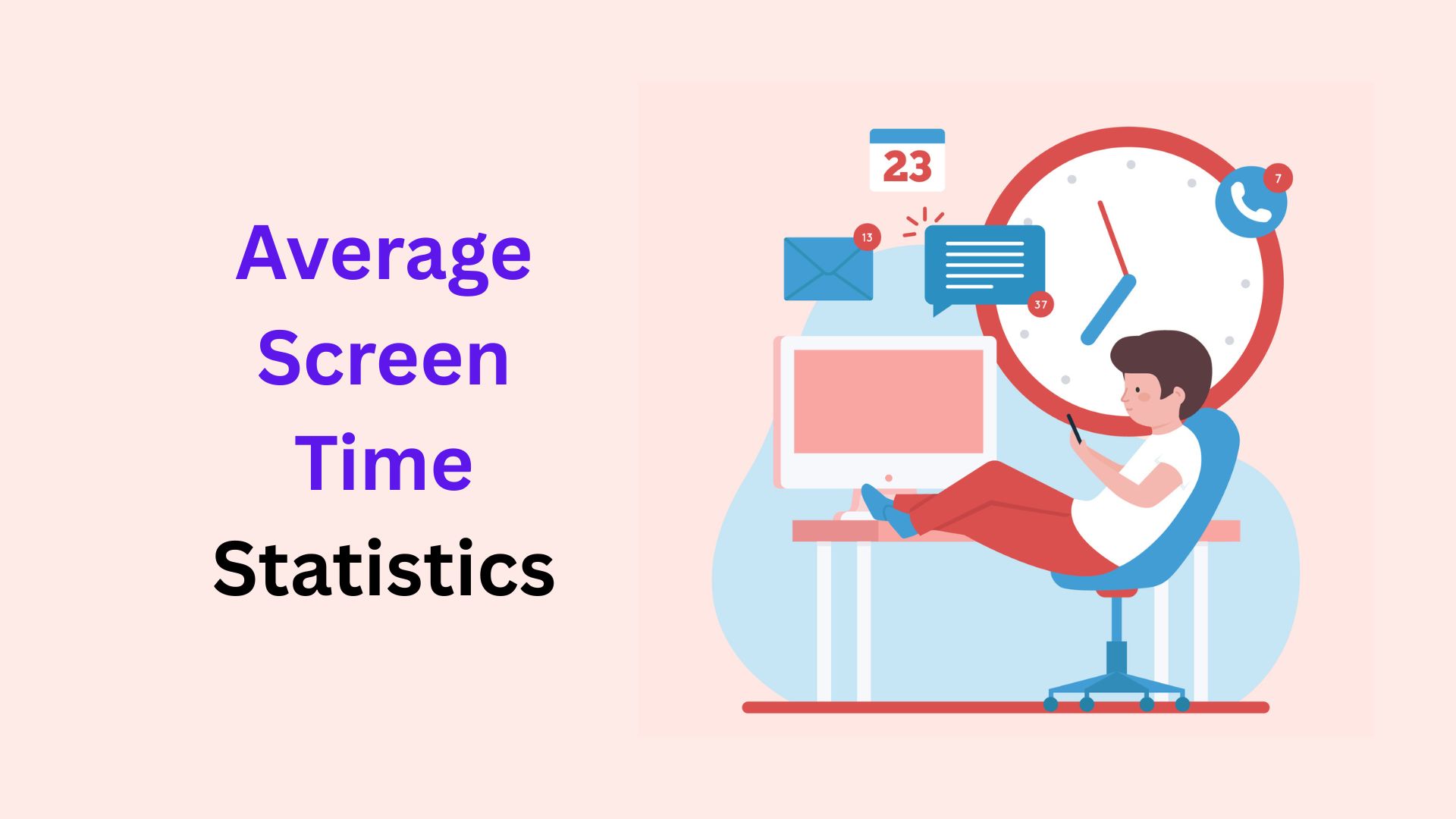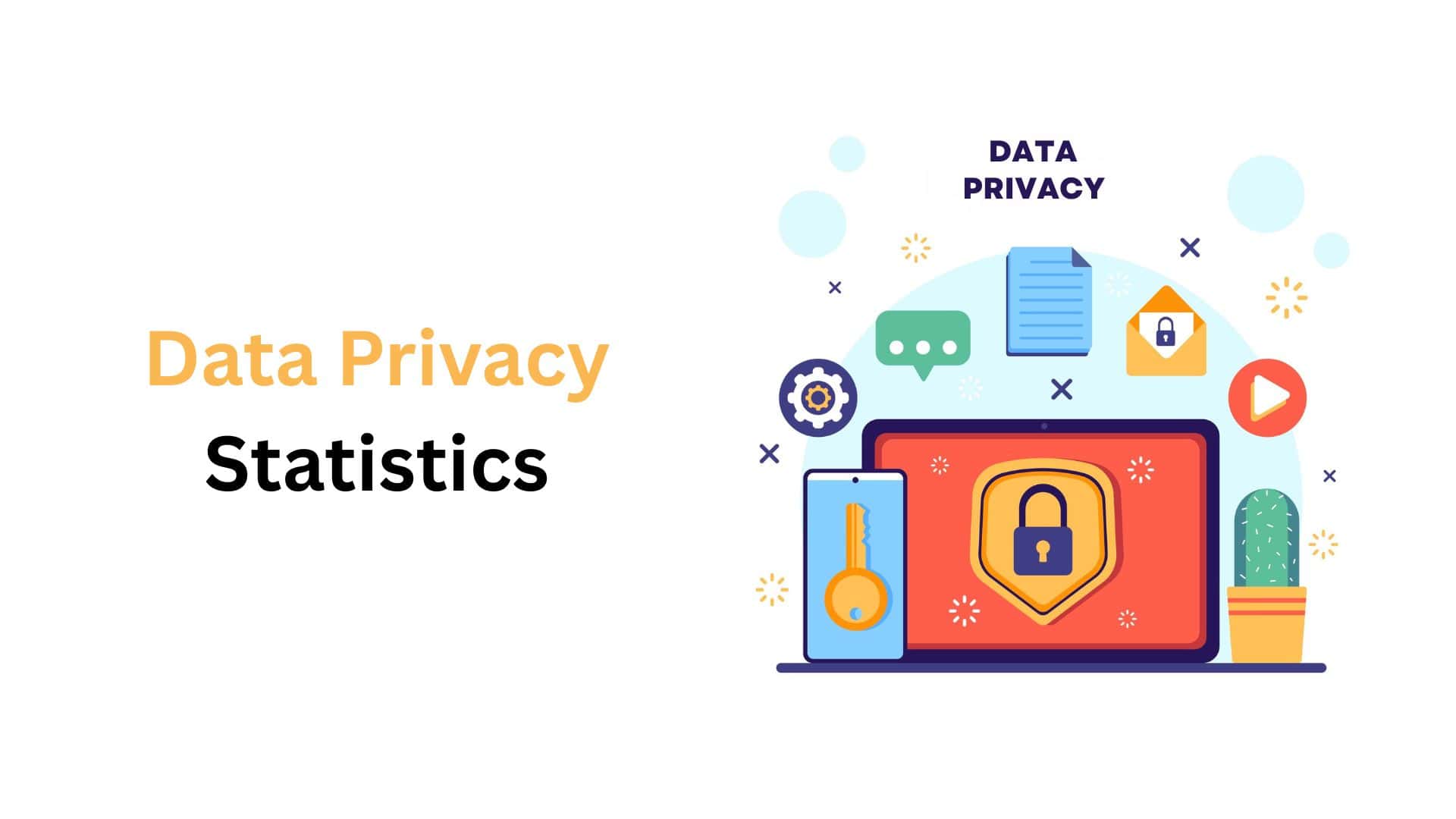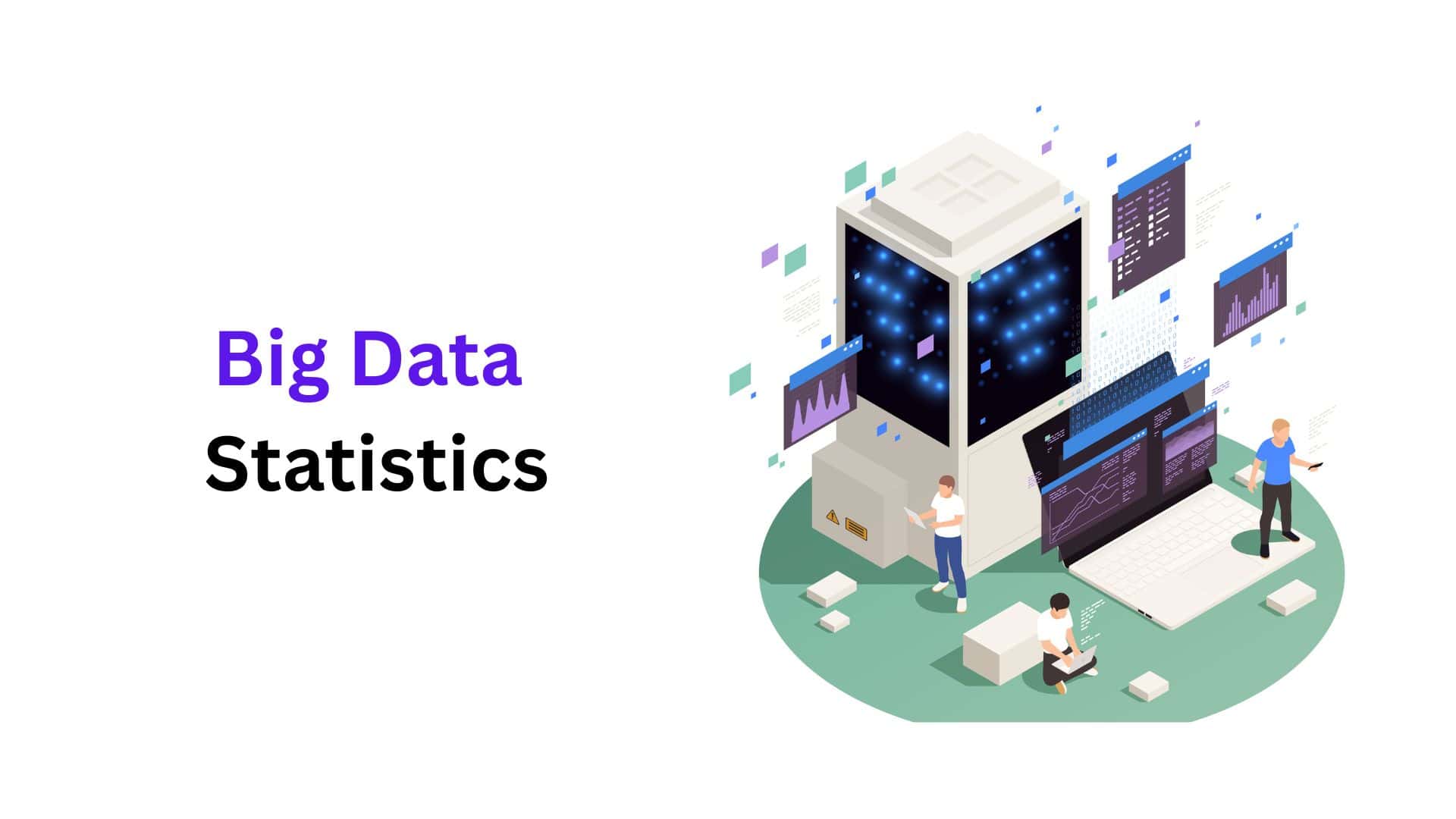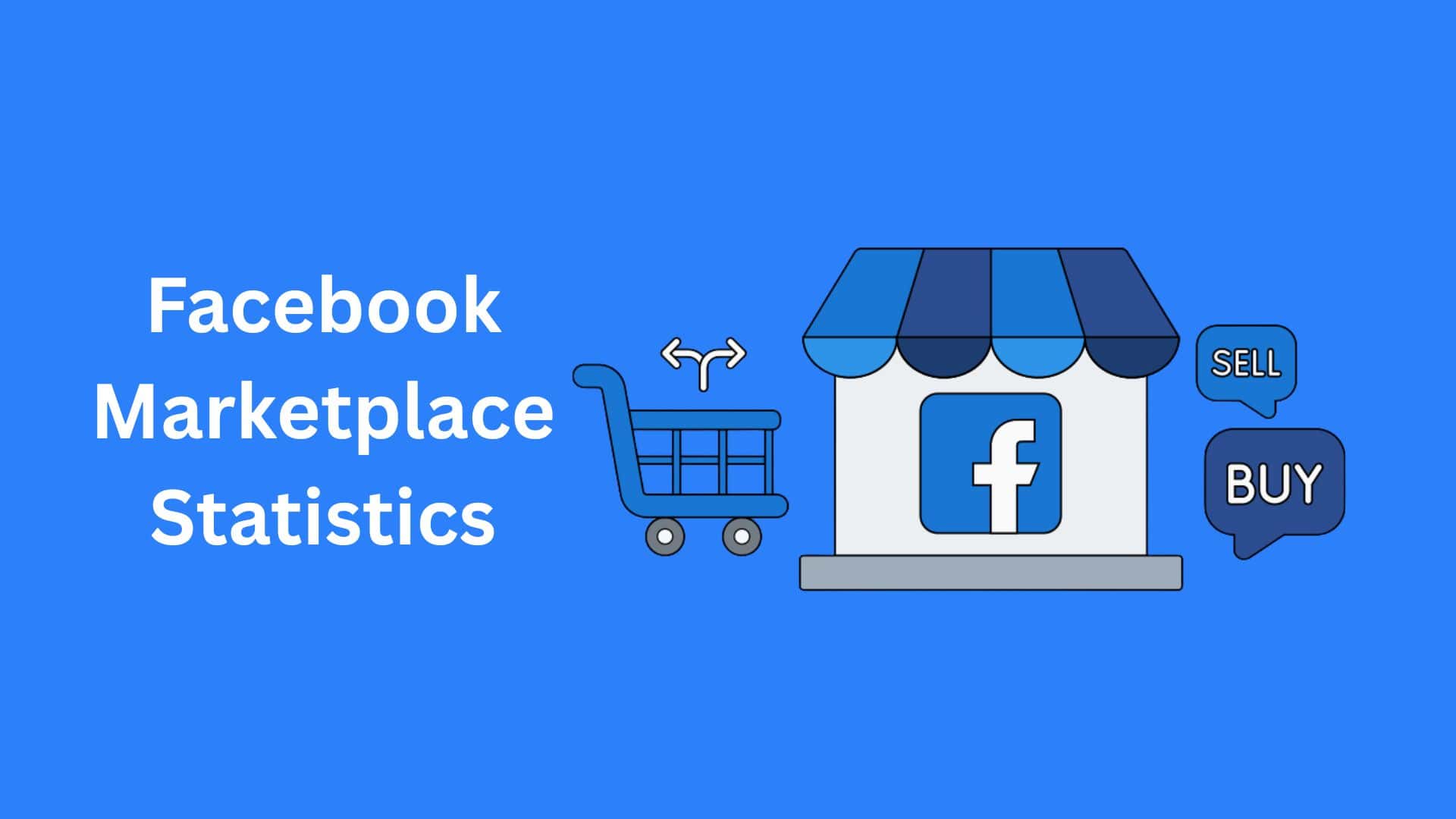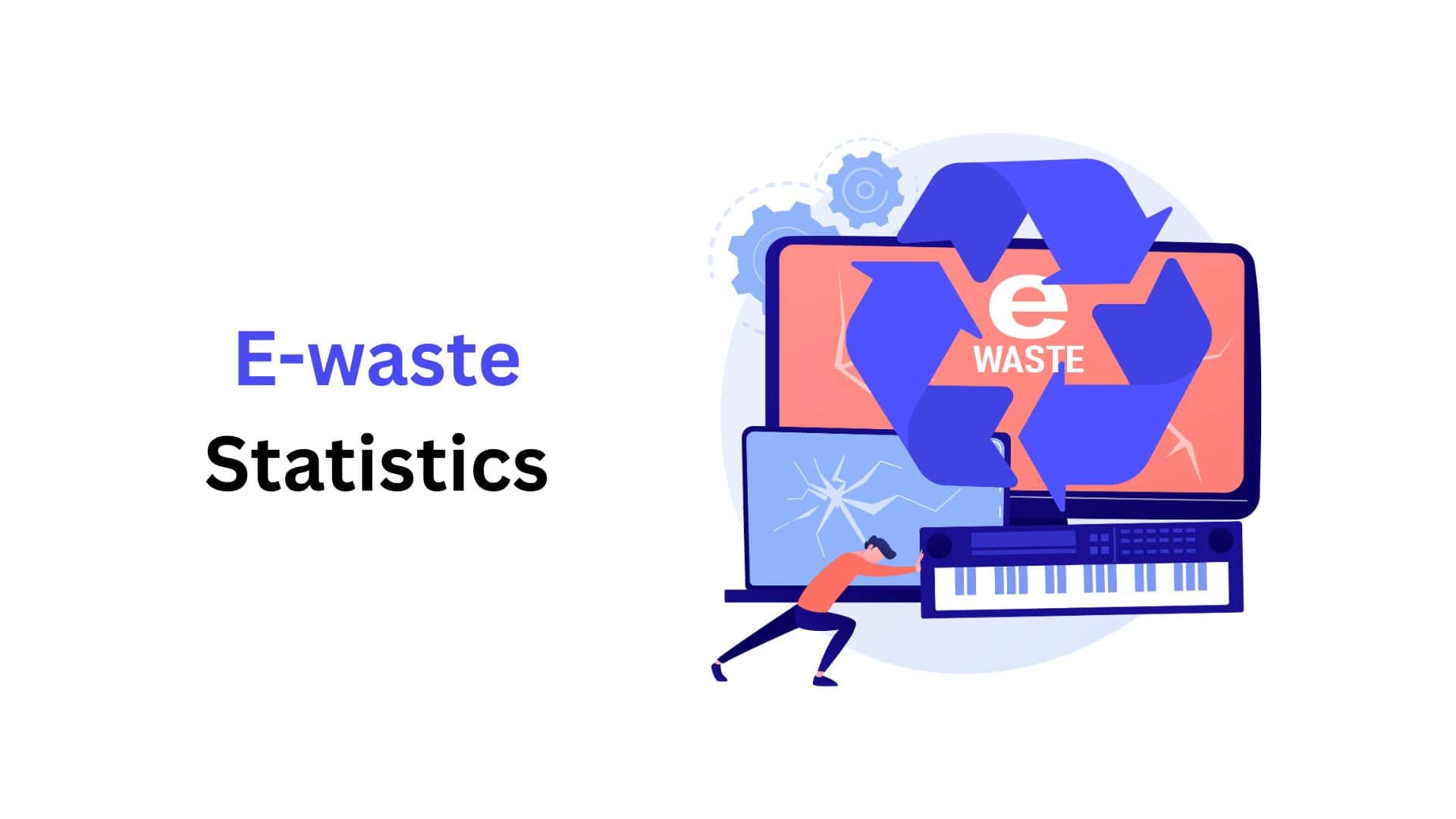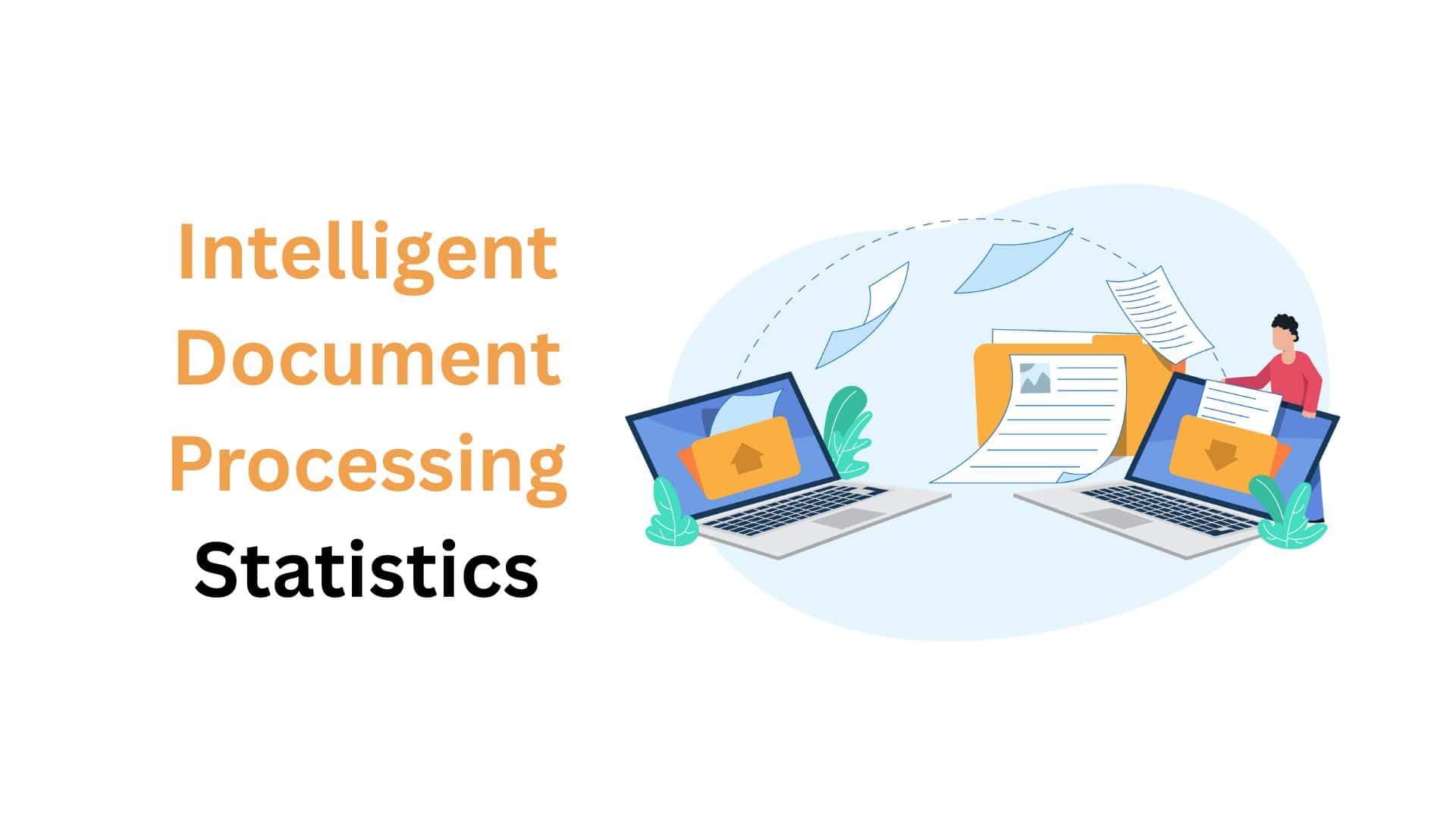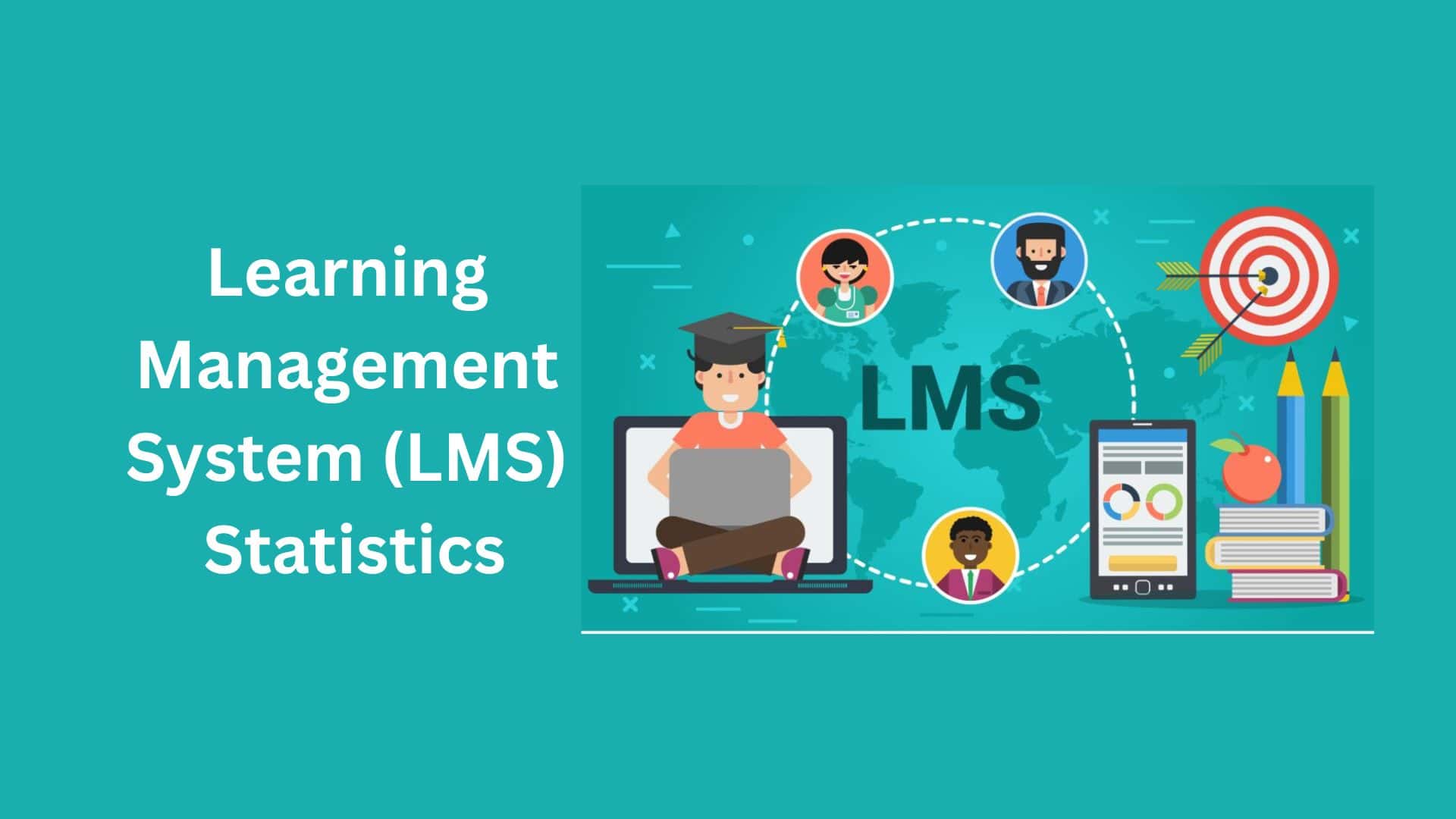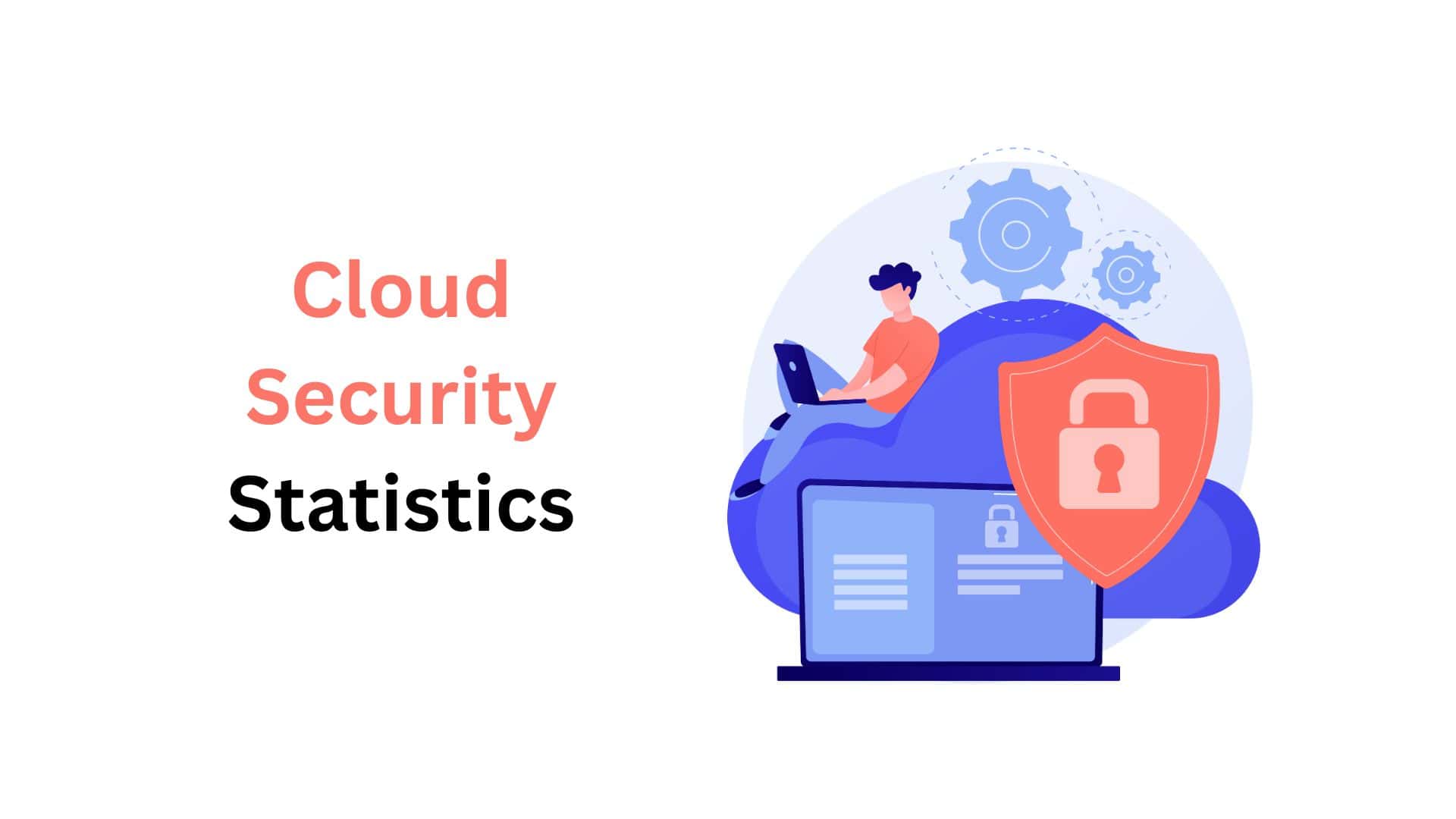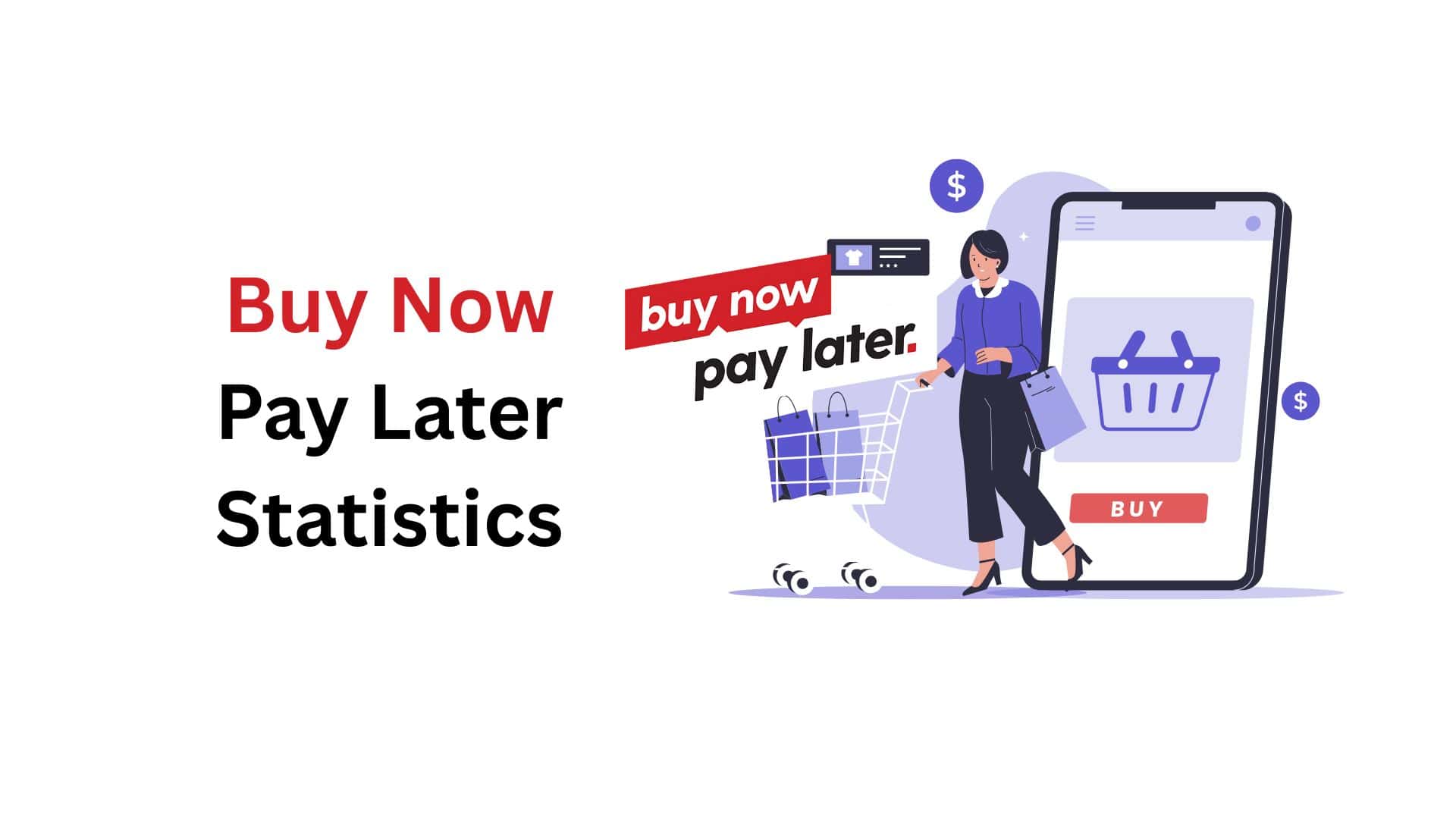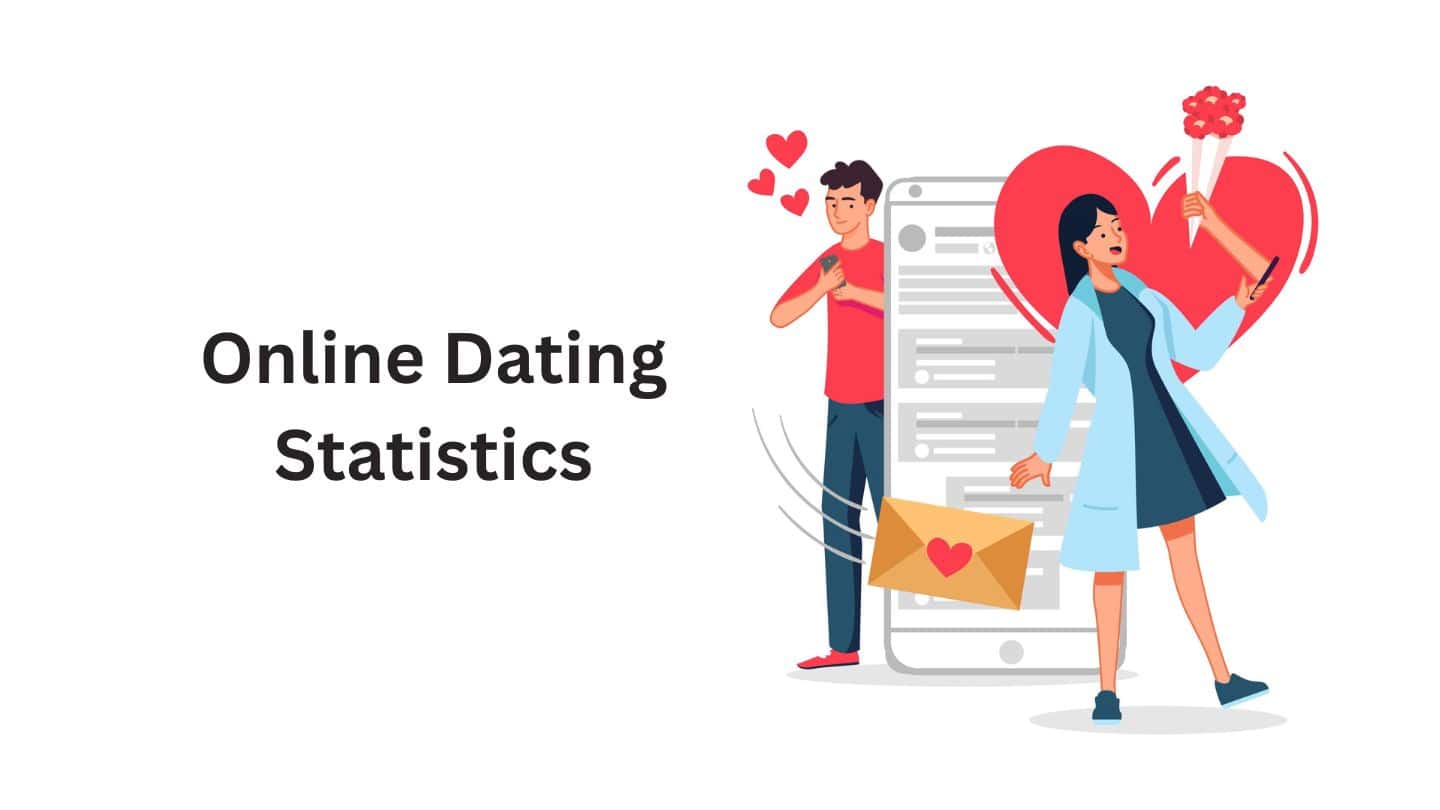Marketing Automation Statistics By Market Size, Revenue, Facts And Trend (2025)

Updated · Oct 07, 2025

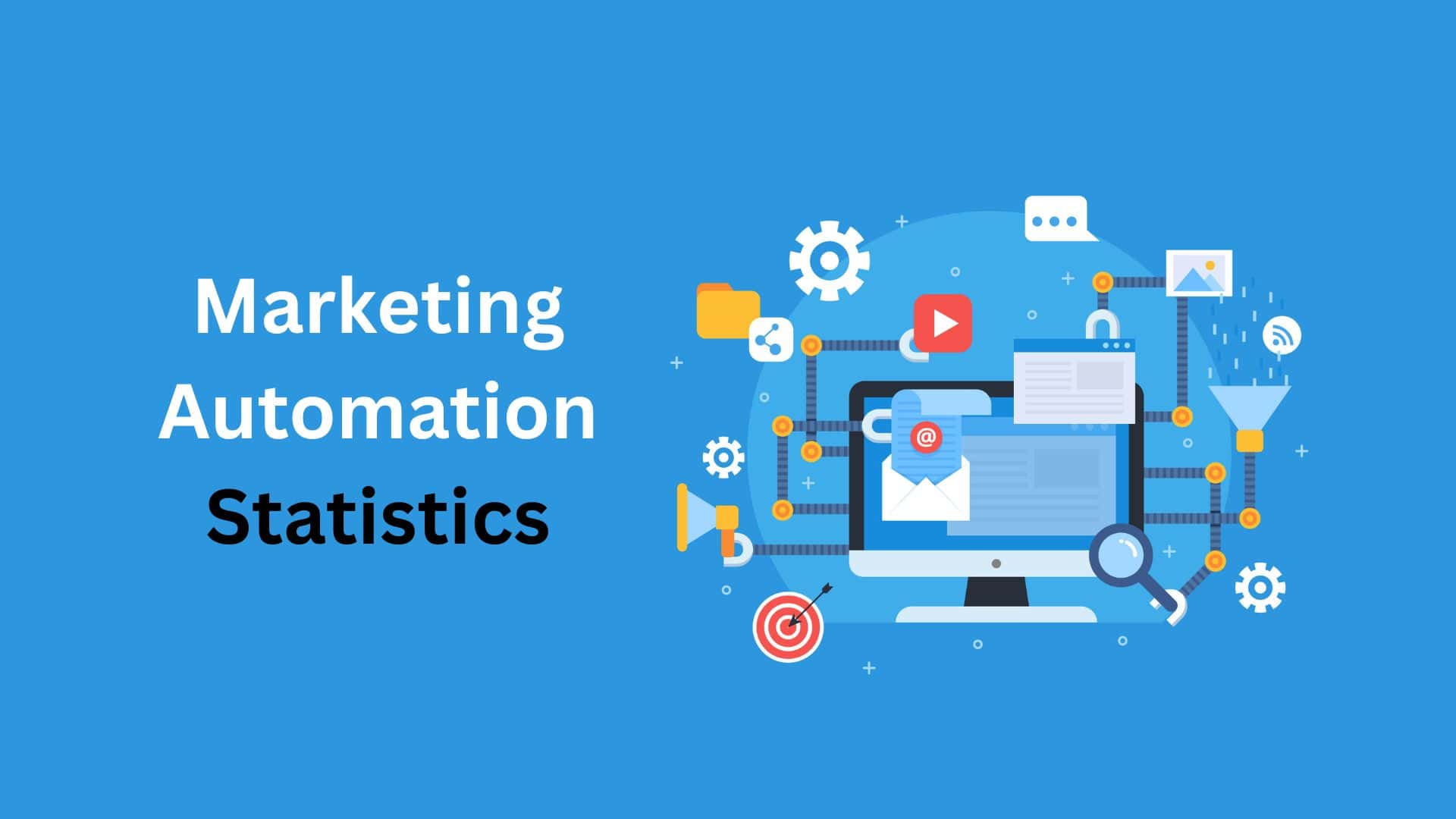
WHAT WE HAVE ON THIS PAGE
- Introduction
- Editor’s Choice
- Marketing Automation Adoption – Market Penetration and Investment
- Marketing Automation and the Revenue Engine – ROI, Lead Generation, and Conversion
- Marketing Automation Market Size
- Channel-Specific Performance – Email, Social, and Content Automation
- Operational Impact- Sales Alignment, Cost, and CX
- The Future Anticipation of Marketing Automation – AI Integration and Trends
- Conclusion
Introduction
Marketing automation statistics: Marketing automation has become the core operational nervous system for high-growth businesses aiming to deliver personalized, timely, and relevant customer experiences at scale.
As the digital ecosystem grows and consumer expectations, hyper-relevant communication rises, this systematic application of automation tools is the single biggest differentiator between market leaders and those playing catch-up.
From lead volume and conversion rates to sales productivity and return on investment, showing massive gains for organizations that commit fully to an automated strategy. With AI rapidly infusing platforms with generative capabilities, the future of marketing automation promises even greater efficiency and precision.
This comprehensive report dives deep into the most impactful information changing the marketing automation landscape, providing the insights necessary for any business to set its strategy and secure its place in the automated future. Let’s get started.
Editor’s Choice
- The global marketing automation market is projected to skyrocket, with its valuation expected to climb from approximately $6.65 billion in 2024 to $15.58 billion by 2030, reflecting a substantial Compound Annual Growth Rate CAGR that underscores massive industry commitment.
- A large and growing majority of businesses now utilize this technology, with approximately 76% of companies actively employing some form of marketing automation tool to manage and execute campaigns.
- For every $1 invested in a robust marketing automation platform, companies are realizing an average Return on Investment ROI of $5.44 over the first three years of adoption, which translates to a phenomenal 544% return.
- Automation is directly correlated with a more focused and effective sales force, generating an average 5% increase in sales productivity by minimizing time spent on repetitive administrative tasks.
- Beyond revenue growth, firms leveraging advanced automated workflows are seeing an average reduction in overall marketing overhead and operational expenses by a notable 2%, optimizing resource allocation.
- A substantial 80% of marketers who leverage marketing automation tools are consistently reporting a quantifiable increase in the sheer volume of leads they are able to generate from their digital channels.
- The benefit extends far beyond just volume, as automated lead nurturing sequences are proven to deliver an immense 451% increase in the number of qualified leads passed to sales teams for closing.
- The precision and timeliness delivered by these tools are paying off at the bottom of the funnel, with 77% of businesses using automation reporting a clear and measured uptick in conversion rates across campaigns.
- The financial viability is confirmed by the speed of return, as an overwhelming 76% of organizations realize a completely positive ROI from their marketing automation investment within the first calendar year of implementation.
- Among top-tier B2B enterprises, a formidable 79% of high-performing companies have been utilizing their chosen marketing automation solution for more than two years, demonstrating its necessity in complex sales environments.
- Email remains the flagship application for this technology, with 63% of marketers actively utilizing automation features specifically for their email campaigns, making it the most automated channel by a significant margin.
- The technology is rapidly democratizing across the market, as approximately 45% of small to mid-sized businesses SMBs now successfully use marketing automation software to compete with larger organizations.
- Nearly half of all marketing professionals, precisely 43% of surveyed marketers, clearly identify the improvement of customer experience as the single most critical and primary benefit they derive from automation.
- Delivering customized content is directly enabled by this technology, with 77% of all marketers specifically leveraging automation to create and deploy personalized content at high volume for their audiences.
- The future is now, as a commanding 64% of marketers report they are already actively integrating Artificial Intelligence AI capabilities into their core marketing automation strategies to boost performance.
Marketing Automation Adoption – Market Penetration and Investment
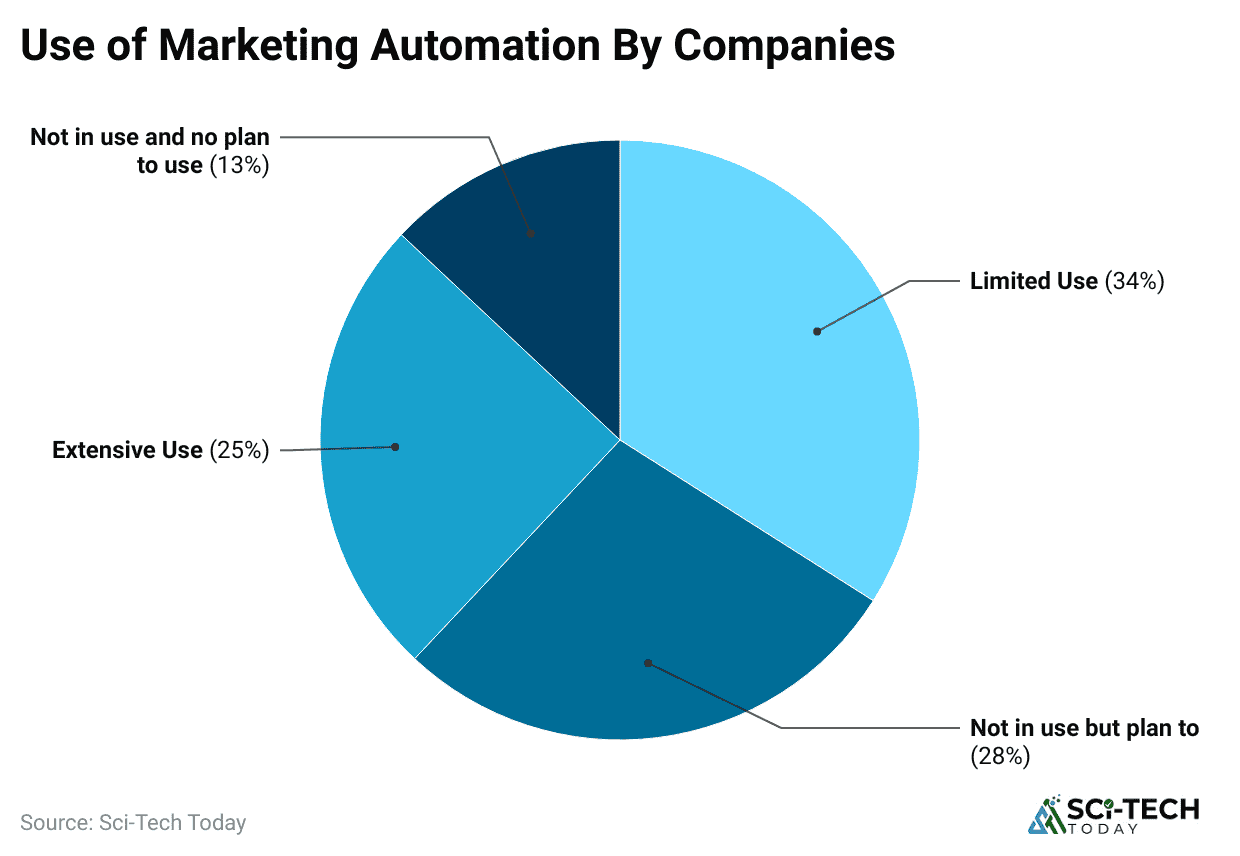
- The proportion of firms actively using marketing automation technology now hovers around 76% of all businesses, indicating a consensus that manual campaign management is no longer viable in the face of modern competitive demands.
- While large enterprises historically dominated the market, accounting for roughly 62.5% of the total marketing automation market spending in 2024, Small and Mid-sized Businesses SMBs are now the fastest-growing segment, projected to grow at a blistering 15.2% CAGR through 2030.
- Budget projections show overwhelming confidence in the technology’s future impact, with a massive 70% of marketing decision-makers confirming they plan to measurably increase their budget allocation towards marketing automation tools in the upcoming fiscal year.
- The infrastructure for these solutions is shifting decisively towards remote deployment, as cloud-based marketing automation platforms made up 66.3% of the total spending in 2024 and are forecast to grow at a 13.9% CAGR due to easier AI integration and deployment flexibility.
- A direct correlation exists between usage and high performance; a seminal study found that a remarkable 63% of companies that substantially outperform their competitors in annual growth metrics are actively leveraging some form of marketing automation platform.
- A significant portion of marketers, around 36% of all respondents, explicitly state that their primary motivation for adopting and implementing marketing automation is to successfully eliminate or shave off time spent on repetitive tasks, allowing for a shift in their day-to-day focus.
- The level of sophistication in adoption is also rising, with almost 41% of businesses now reporting that their complex customer journeys, from first touch to conversion, are either fully or mostly automated, ensuring a consistent experience.
| Current Adoption Rate | 76% of companies |
| Future Budget Increase |
70% of leaders plan to increase spending |
|
SMB Growth Rate |
15.2% CAGR through 2030 |
| Cloud Dominance |
66.3% of 2024 spending |
|
High-Performance Use |
63% of top performers use it |
Marketing Automation and the Revenue Engine – ROI, Lead Generation, and Conversion
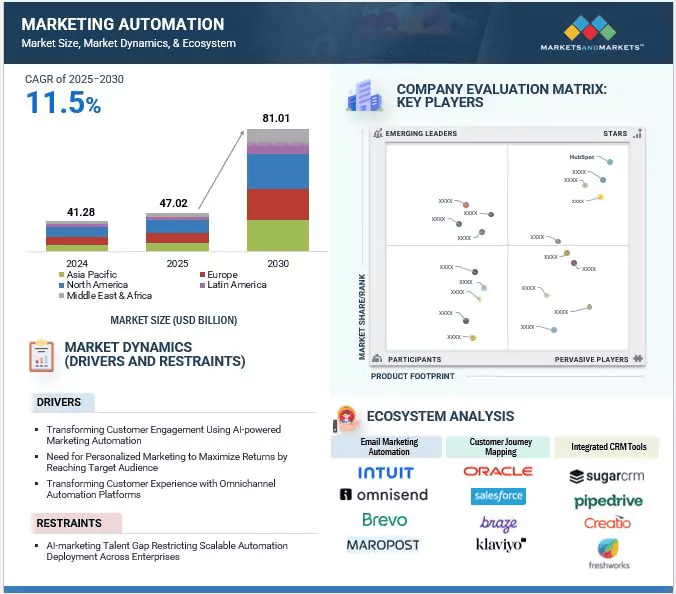
- The cornerstone statistic for financial justification shows that marketing automation delivers an average of $5.44 for every single $1 invested in the platform, a compelling return that makes the technology a profit driver rather than merely a cost center.
- Most organizations do not have to wait long to see financial validation, as a compelling 76% of companies that implement the technology successfully report that they have achieved a positive ROI within the first 12 months of operation.
- The capacity of automated systems to capture, score, and manage a high volume of interest is confirmed by the fact that a strong majority, 80% of businesses, are consistently reporting a direct increase in their total number of generated leads once automation is fully operational.
- Automated lead nurturing sequences, which use triggers and content mapping, are extraordinarily effective, resulting in a dramatic, almost unbelievable, 451% increase in the number of sales-qualified leads that are passed over to the sales team.
- Beyond lead metrics, the real measure of success is conversion, and here, marketing automation delivers; 77% of businesses confirm they have observed a direct, positive uptick in their overall conversion rates after implementing the toolset.
- For B2B organizations with lengthy sales cycles, the tools are vital for maintaining momentum; studies show that B2B marketers using robust marketing automation can increase their total sales pipeline contribution by an average of 10%.
- High-level executive confidence is warranted, as one major finding shows that companies with fully aligned sales and marketing processes, powered by marketing automation, experience an average of 32% higher annual revenue growth compared to misaligned competitors.
- A smaller, highly efficient group, approximately 12% of businesses, report an exceptionally fast track to financial validation, seeing a measurable and positive return on investment in less than 30 days after platform adoption.
| Average ROI Multiplier | 5.44x |
| Lead Qualification Rate | 451% increase |
| Conversion Rate Success | 77% of businesses report an increase |
| B2B Pipeline Growth | 10% increase |
| Quickest ROI Window | 12% see ROI in under 1 month |
Marketing Automation Market Size
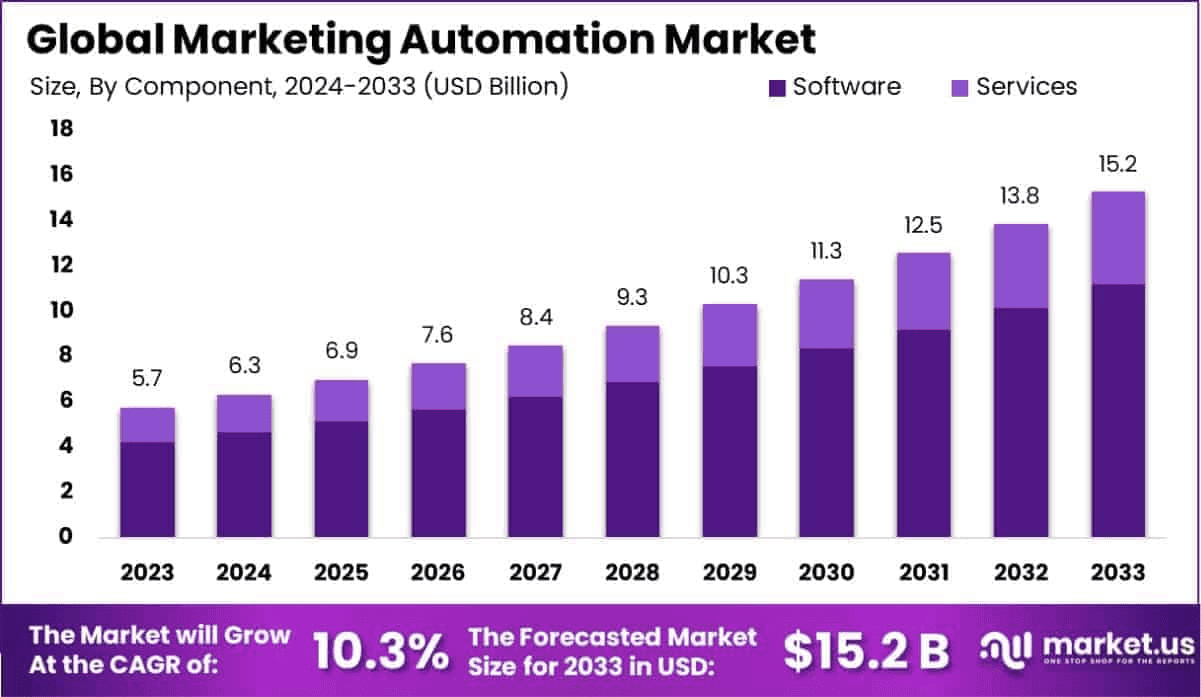
The Marketing Automation Boom
According to market.us, the industry for Marketing Automation software that handles repetitive marketing tasks is experiencing massive growth.
- The global market is expected to more than double, growing from $6.3 billion in 2024 to $15.2 billion by 2033. This is driven by businesses needing to save time, reduce costs, and run better campaigns.
Proof of Success ROI:
- 80% of users report getting more leads, and 77% see higher conversion rates and more sales.
- It can boost sales productivity by 14.5% and cut marketing costs by 12.2%.
- Overall, businesses using automation are 46% more likely to say their marketing strategy is effective.
Key Trends in Adoption:
- The actual software programs make up the largest part of the market, 73.8% share.
- Most companies use cloud-based solutions, with a 64.0% share, because they are scalable, flexible, and affordable.
- Email marketing is the top use for automation, with a 29.4% share, as it excels at sending personalized messages.
- The region holds the largest share of the market, 37.5%.
The AI in Marketing Revolution
- The AI in Marketing market is projected for massive growth, surging from $25 billion in 2024 to $214 billion by 2033, with an aggressive growth rate of 26.7% CAGR.
- Advances in technology and the need to give customers truly personalized experiences are fueling this trend.
AI is Essential, But Adoption is Slow:
- 50% of marketers see the lack of AI adoption as a major barrier to reaching their goals.
- Despite its recognized importance, only 4% of marketers have fully built AI into their operations.
Key AI Technologies:
- Machine Learning is the top technology with a 38% share, thanks to its ability to analyze huge amounts of customer data and find useful patterns.
- The largest share of spending goes to AI software, over 65%.
- North America also leads the AI for marketing market with a 32% share.
Market Dominators and Context
- HubSpot is the clear market leader in automation software with a huge 38.27% market share, followed by Adobe Experience Cloud and Oracle Marketing Cloud.
- With 4.8 billion people globally using social media, nearly 60% of the world, digital marketing platforms are everywhere, making automation crucial for effectively managing engagement and sales at a global scale.
Channel-Specific Performance – Email, Social, and Content Automation
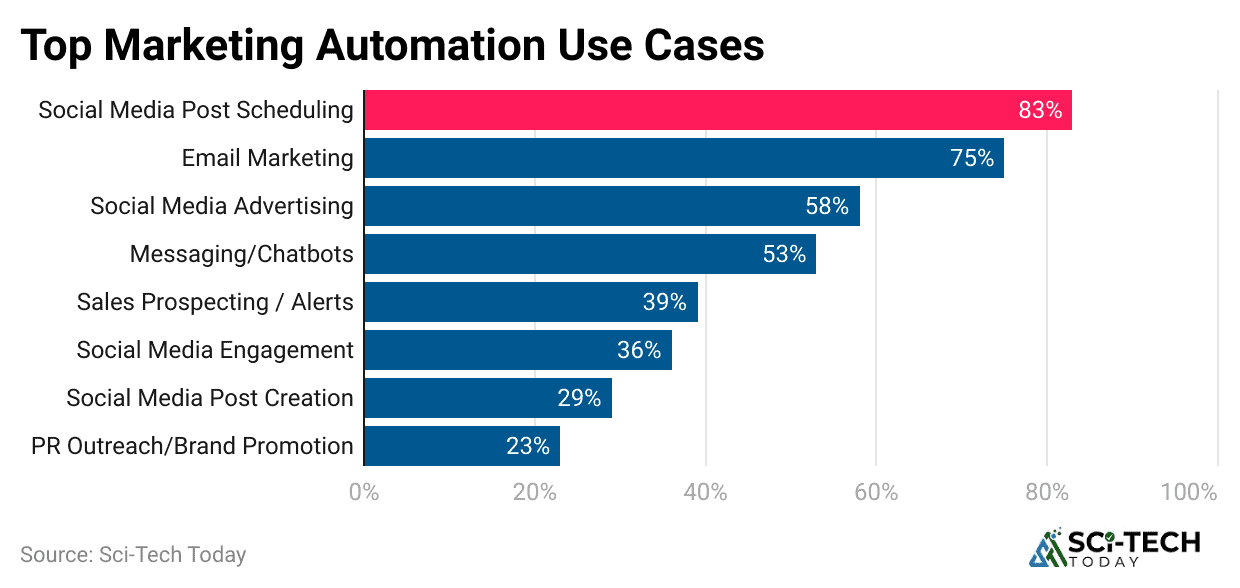
Email Marketing Automation
- A majority of marketing professionals, specifically 63% of all marketers, state that they primarily utilize marketing automation features to manage and optimize their email campaigns, making it the highest area of deployment.
- The difference between manually sent emails and triggered, automated flows is staggering, with automated emails generating 320% more revenue on average when compared to traditional, bulk-sent, non-automated campaigns.
- Automated campaigns are designed for relevance and timing, which explains why they achieve a click-through rate CTR that is approximately three times higher than the average click-through rate seen in traditional, generic email sends.
- The most time-sensitive emails are the most rewarding: a huge 31% of all e-commerce revenue is now verifiably generated directly from personalized, automated emails, such as welcome, abandonment, and post-purchase sequences.
- For new subscribers, the automated welcome series is a powerful tool, boasting an average email open rate of 48.57% across industries, a figure far superior to the average open rate for standard newsletters.
- Automated cart abandonment email triggers are proven to be highly successful in reclaiming lost revenue, recovering an estimated 25% of all abandoned shopping carts that would have otherwise been a complete loss for retailers.
- The financial benefits of personalization, enabled by automation, are clear, as a massive 75% of all email marketing revenue is directly derived from targeted, triggered, and personalized campaigns rather than from mass-blast communications.
| Usage Rate | 63% of marketers |
| Revenue Multiple | 320% more revenue |
| Transactional Revenue | 31% of e-commerce orders |
| Cart Recovery | 25% of lost sales recovered |
Social Media and Content Automation
- Approximately 50% of all marketers now utilize some level of marketing automation to manage their social media activities, covering everything from post scheduling to engagement tracking and analytics.
- The efficiency gains are significant, with companies that automate their social media posting reporting a measurable reduction in time spent on content creation by about 30% per week for their marketing teams.
- About 35% of marketers are using automation to assist with content management, which includes the scheduling, distribution, and real-time optimization of blogs, landing pages, and other digital assets.
- Marketers who are automating their content pipelines are increasingly focused on visual assets, with 88% of marketers planning to either increase or maintain their investment in infographics for content distribution in the near future.
- The shift to generative AI is already here; 54% of content marketers report they are now using AI-powered automation tools specifically to generate ideas and outline concepts for their articles and campaigns.
- The precision of automated content distribution, which uses timing and segmentation, leads to positive external results, with companies reporting an average engagement increase of 20-30% per social post when automated.
| Social Automation Rate | 50% of marketers |
| Time Saved on Creation | 30% reduction in time spent |
| Content Management Rate | 35% of marketers |
| AI Ideation Usage | 54% of content marketers |
Operational Impact- Sales Alignment, Cost, and CX
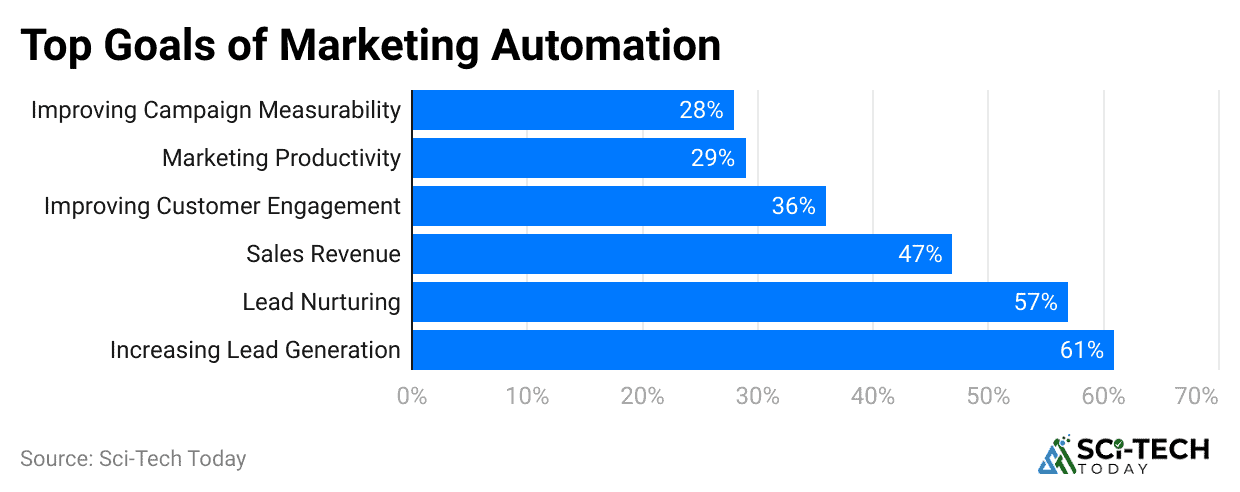
- By handling lead scoring, qualification, and initial nurturing, marketing automation platforms are found to deliver a robust 14.5% increase in the core productivity of the sales team, enabling them to focus exclusively on closing high-intent prospects.
- Efficiency is quantified in dollars saved, as the automation of repetitive, low-value tasks contributes to a highly significant 12.2% reduction in overall marketing operational overhead and unnecessary spending.
- The top non-financial driver for adoption is CX: fully 43% of marketers have clearly identified that the improvement of the customer experience is the number one goal and benefit they expect from their marketing automation platform.
- Consumers have internalized the benefits of this technology, with a massive 74% of customers now explicitly expecting businesses to deeply understand their unique needs and stated expectations, a requirement only scalable through automation.
- The ability to provide sales-ready leads at the perfect moment dramatically accelerates the closing process; studies show that B2B companies using automation report an average reduction in their sales cycle length by 67%.
- Beyond individual team performance, companies that have achieved strong, measurable alignment between their sales and marketing teams, often through shared automation data, realize a 36% higher rate of customer retention.
- Automation provides human capital relief, with a notable 74% of marketers reporting that the tools are most helpful because they successfully save a significant amount of time by automatically handling repetitive, low-priority tasks.
| Sales Productivity | 14.5% increase |
| Marketing Overhead | 12.2% reduction |
| Sales Cycle Time | 67% reduction in length |
| Customer Retention via Alignment | 36% higher retention rate |
| Primary CX Driver | 43% list CX as #1 benefit |
The Future Anticipation of Marketing Automation – AI Integration and Trends
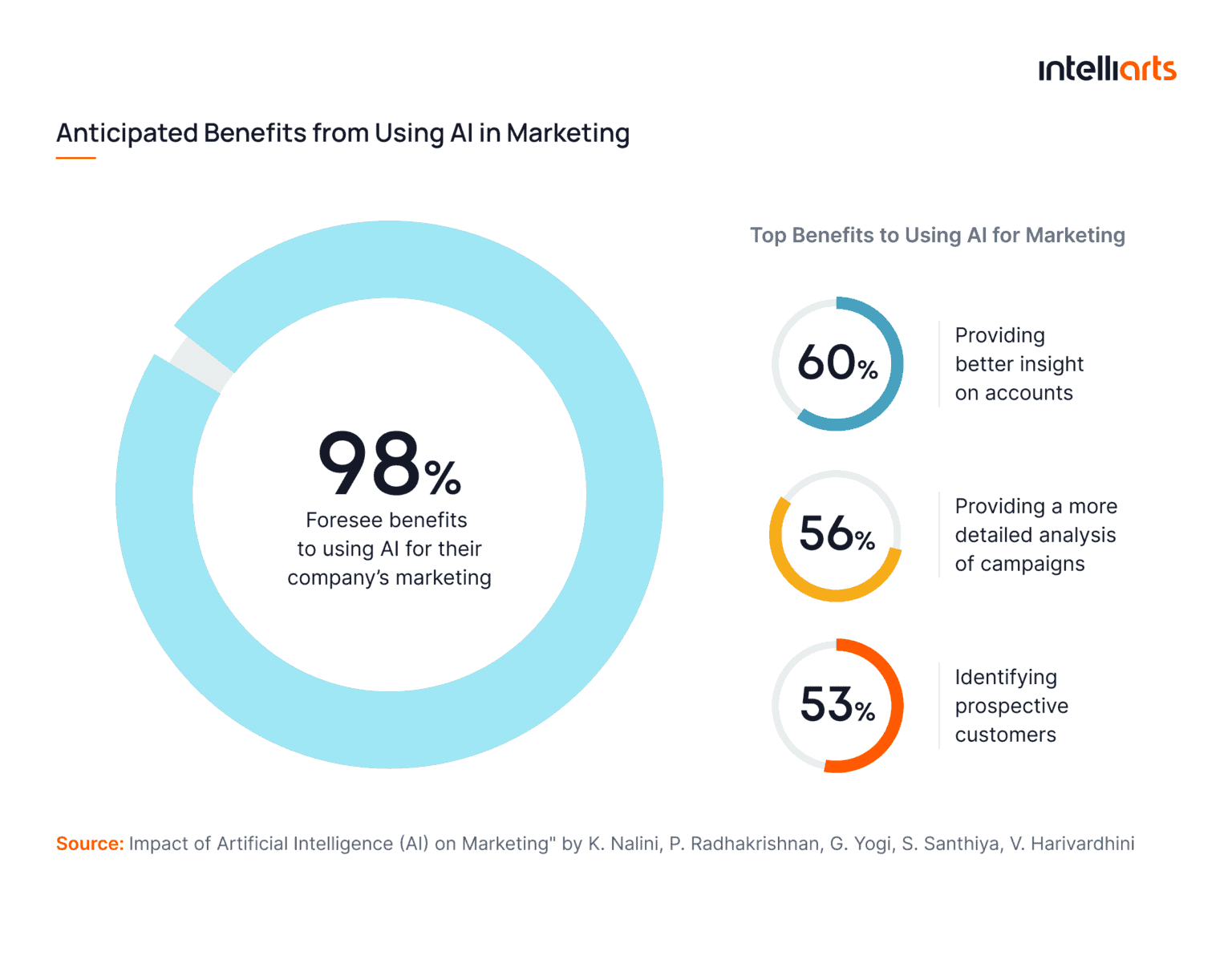
- A significant portion of the industry is already on the AI track, with 64% of marketers reporting they are already utilizing or have integrated AI tools into their existing marketing automation strategies to achieve dynamic outcomes.
- Following this early success, future investment is certain: a massive 70% of marketing leaders specifically plan to measurably increase their budget spending on AI-powered automation platforms in the upcoming year.
- The impact of AI is seen in direct consumer results, as companies using AI-driven automation are reporting measurably higher conversion rates due to the platform’s ability to deliver improved, deeply personalized content.
- The adoption is set to become mandatory in advertising: by the year 2030, industry experts project that AI-driven buying agents will autonomously direct upwards of 80% of all digital media purchases, signaling the end of manual ad placement.
- The efficiency of AI is highlighted in lead management, with over 39% of marketers agreeing that AI-driven hyper-personalization will be the single largest factor impacting the future effectiveness of their marketing automation efforts.
- Among companies already identified as high-performers, an even more concentrated 70% of these leading organizations are actively increasing their investment and adopting sophisticated AI-powered marketing automation tools to maintain their market edge.
- Despite the clear benefits, a significant hurdle remains: a considerable 31% of organizations struggle to accurately prove marketing attribution and the exact ROI from their automation and AI tools due to complex data integration challenges.
- The financial commitment to this convergence is massive; the global market value for the specialized intersection of AI in marketing is projected to reach an astronomical $107.54 billion by 2028, underscoring its strategic importance.
| AI Integration Rate | 64% of marketers already use it |
| Future Digital Media Buy | 80% handled by AI by 2030 |
| AI Investment Intent | 70% of leaders plan to increase AI spend |
| AI Market Value | $107.54 billion by 2028 |
Conclusion
Overall, the data is conclusive and quantified across every key performance indicator: marketing automation is the foundational technology underpinning success for high-growth, modern businesses. This statistical review clearly establishes, with 76% of companies already leveraging the tools and the market projected to grow into the tens of billions, that the focus has changed entirely from whether to automate to how effectively an organization can integrate AI and advanced data science into its existing platform.
From the average $5.44 ROI for every dollar spent to the remarkable 451% increase in qualified leads, the financial justification is unassailable. The future is being defined by a race toward intelligent automation, where 70% of marketing leaders are increasing their budgets and 64% are actively incorporating AI to deliver the hyper-personalization that today’s consumers demand. I hope you like this piece of content. Thanks for staying up till the end.
FAQ.
Marketing automation is simply using smart software to do all the repetitive, time-consuming marketing tasks for you, automatically. Think of it as a digital assistant that never sleeps. It handles things like sending the right email to the right person at the right time, posting on social media, or sorting out your leads. It frees up your human team to focus on big ideas and creative strategy instead of manual work.
Absolutely, the numbers prove it is a fantastic investment. On average, companies see a return of $5.44 for every $1 they invest in marketing automation. That’s a huge return on investment ROI. Even better, most companies, about 76% of them, actually start seeing a positive ROI within just one year of getting started. It saves you money on labor and brings in more revenue faster.
It helps you get customers in two major ways: volume and quality. First, 80% of marketers using these tools report that they generate a higher number of leads. Second, and most importantly, it makes those leads better. Because the software “nurtures” people with relevant content, you see a massive 451% increase in the number of qualified leads that are truly ready to buy when they get passed to your sales team.
Not anymore! While large enterprises use it heavily, the technology has become much more affordable and easy to use. Today, a significant 45% of small and mid-sized businesses SMBs are now successfully using marketing automation to compete with the bigger players. It’s a way for a small team to scale its marketing efforts without needing to hire a massive staff.
The best place to start is almost always email. Email remains the foundation of marketing automation because it delivers such a high return. A majority of marketers, 63% use automation specifically for their email campaigns, like sending out welcome series, birthday coupons, or follow-ups after someone visits your website. Automated emails can generate 320% more revenue than regular, mass-sent emails.
It makes the sales team more focused and more productive. By automatically scoring and prioritizing leads, the software makes sure salespeople are only spending time talking to the hottest, most interested prospects. This smart filtering leads to a measurable 14.5% boost in sales productivity, allowing the team to close deals faster instead of wasting time chasing cold leads.
AI is becoming a massive part of it, but it’s still a partnership. A substantial 64% of marketers are already integrating AI into their marketing automation tools to improve things like predicting what a customer wants or customizing content on the fly. Looking ahead, experts predict that by 2030, AI will be managing about 80% of digital media buying, like online ads. AI handles the complex data work, but human strategy and creativity are still needed.
While saving time and making money are huge benefits, the most important outcome for customers is improving their experience. A high % of marketers, 43%, say the number one benefit is directly improving the customer experience. The software ensures customers get the exact message they need at the right time, making them feel understood and valued, which builds stronger long-term loyalty.

Jeeva Shanmugam is passionate about turning raw numbers into real stories. With a knack for breaking down complex stats into simple, engaging insights, he helps readers see the world through the lens of data—without ever feeling overwhelmed. From trends that shape industries to everyday patterns we overlook, Jeeva’s writing bridges the gap between data and people. His mission? To prove that statistics aren’t just about numbers, they’re about understanding life a little better, one data point at a time.
